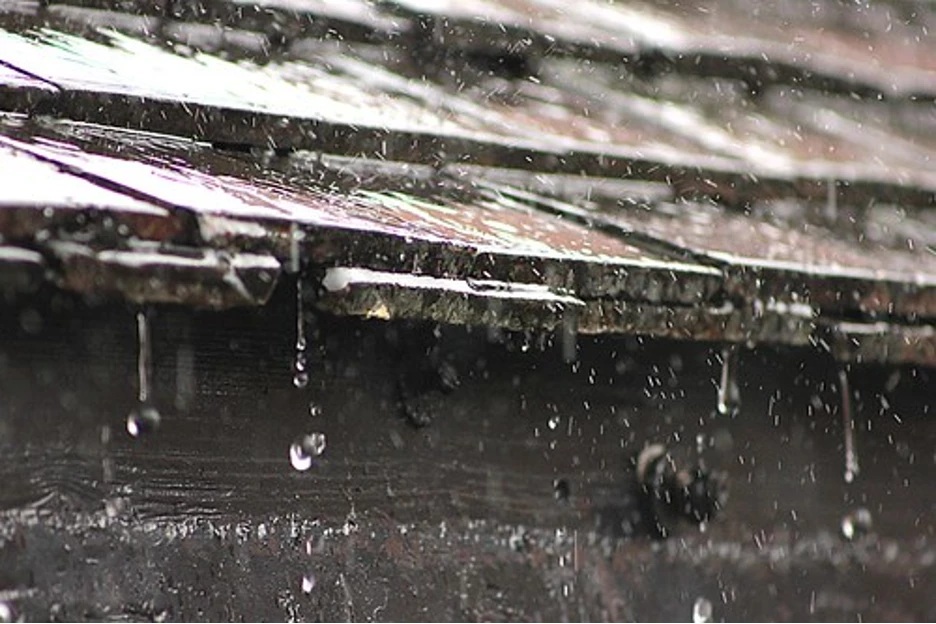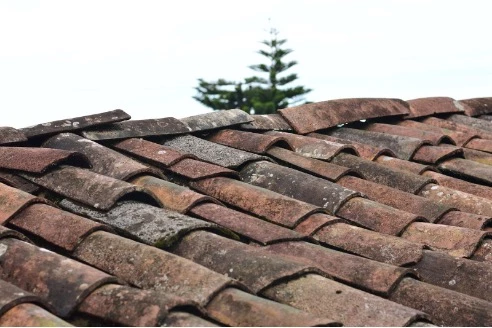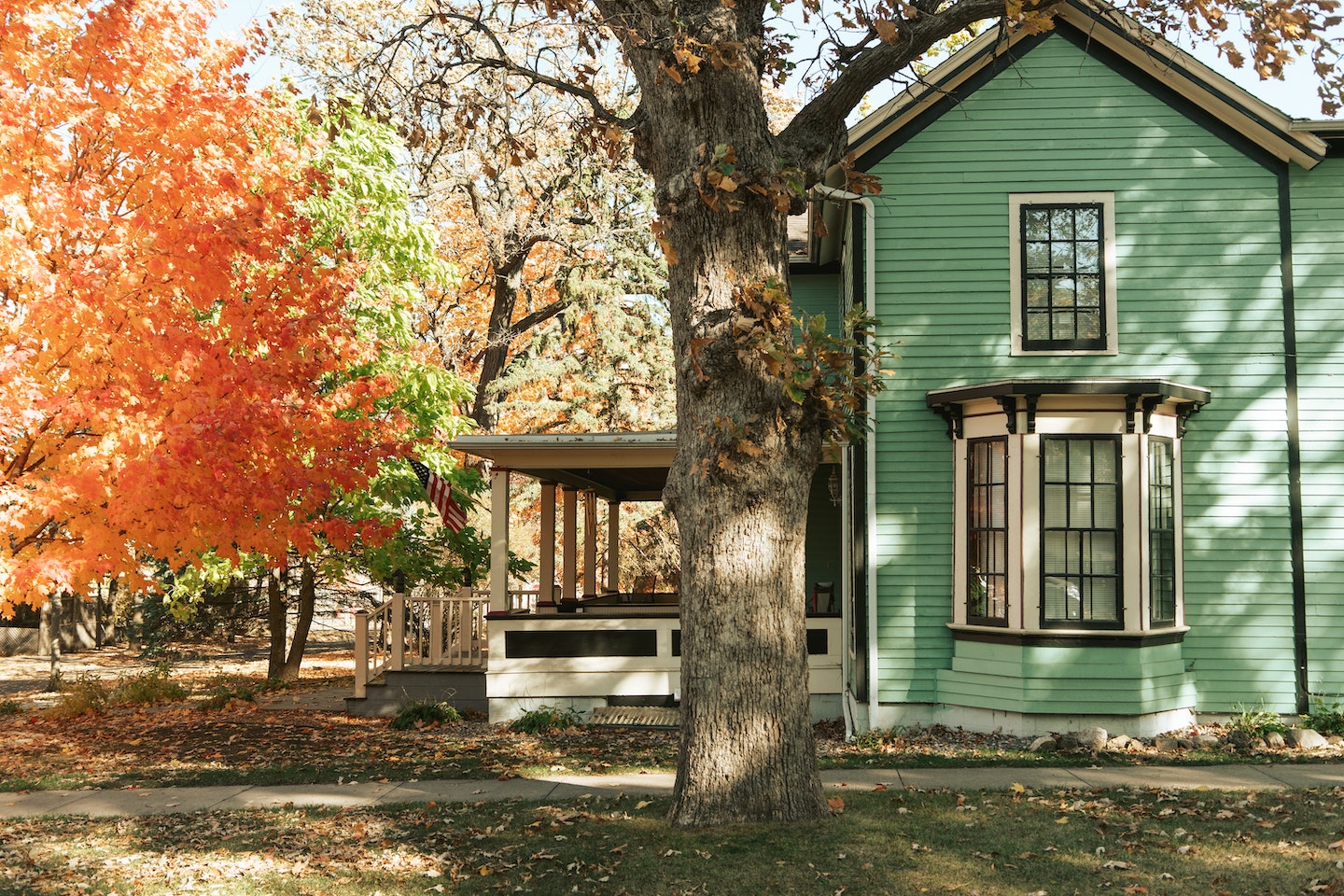It’s that time of year again. The leaves are changing color, the days are getting shorter, and it’s starting to rain more often. That means it’s time to start thinking about your roof. We will discuss how to inspect your roof for damage and leaks in preparation for the upcoming rainy season.
Inspecting your roof for damage and leaks
There are a few things you can do to inspect your roof:
- Check for missing, cracked, or curled shingles. Missing cracked or curled shingles are signs of age and wear and can lead to leaks.
- Inspect the flashing around your chimney, vents, and skylights. Flashing is the metal or plastic strip that seals the gaps around these openings. If the flashing is loose or damaged, it can allow water to enter your home.
- Look for algae or moss growth on your roof. Algae and moss can hold moisture against your roof, leading to leaks.
- Check for any holes or cracks in your gutters. Holes or cracks in your gutters can cause water to overflow and damage your home’s foundation.
You can learn more about roof leaks and how to fix them by checking out the hidden dangers of a leak. Don’t wait until the rainy season to inspect your roof. Inspect it now and be prepared for whatever mother nature throws your way.
Installing a rain gutter system to help with drainage
The best time to inspect your roof is before the rainy season starts. That way, you can identify potential problems and fix them before they become more significant issues. Waiting until it’s raining to inspect your roof is not ideal, as wet conditions make it more difficult to spot problems.
According to West Bend, the second most common insurance claim in the United States is for water damage. Water damage is costly and can cause extensive damage to your home.
Cleaning out your gutters and downspouts
Clogged gutters can overflow and cause water damage to your home’s foundation. If you have a rain gutter system, make sure it is clear of debris to work correctly.
Having your roof inspected by a professional every few years is also a good idea. An experienced roofer will be able to spot problems that you might miss and can give you advice on how to fix them. If you take the time to inspect your roof and gutters, you can avoid costly repairs down the road. Investing in preventative maintenance now will save you money and headaches in the future.
Make sure your roof is adequately ventilated
Proper ventilation is essential for the longevity of your roof. It helps to prevent moisture buildup, which can lead to rot and leaks. Make sure your attic has enough vents to allow air to circulate correctly.
Family Handyman notes that adequate vents allow cool air to enter the attic near the eaves and exit close to the peak. If you’re not sure if your attic is ventilated correctly, contact a professional to take a look.
Protect your home with a professional roof inspection from UPI Roofing
Inspecting your roof and gutters regularly is essential to avoid costly repairs. Proper ventilation is critical to the longevity of your roof. By taking these steps, you can ensure that your home is ready for the rainy season.
Don’t hesitate to contact UPI Roofing if you need roof inspection services. We would be happy to help you inspect your roof and gutters for the upcoming rainy season.











Recent Comments